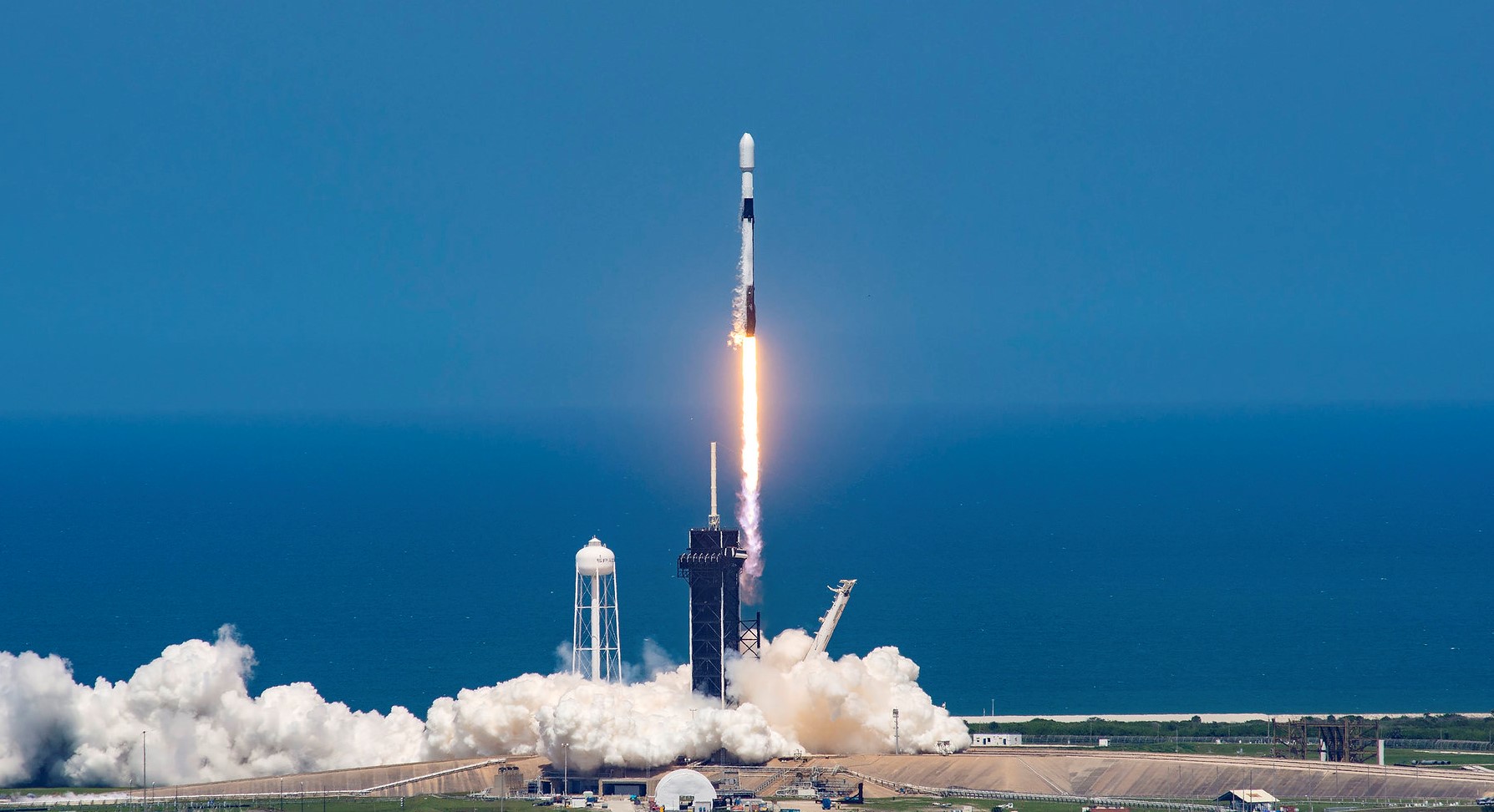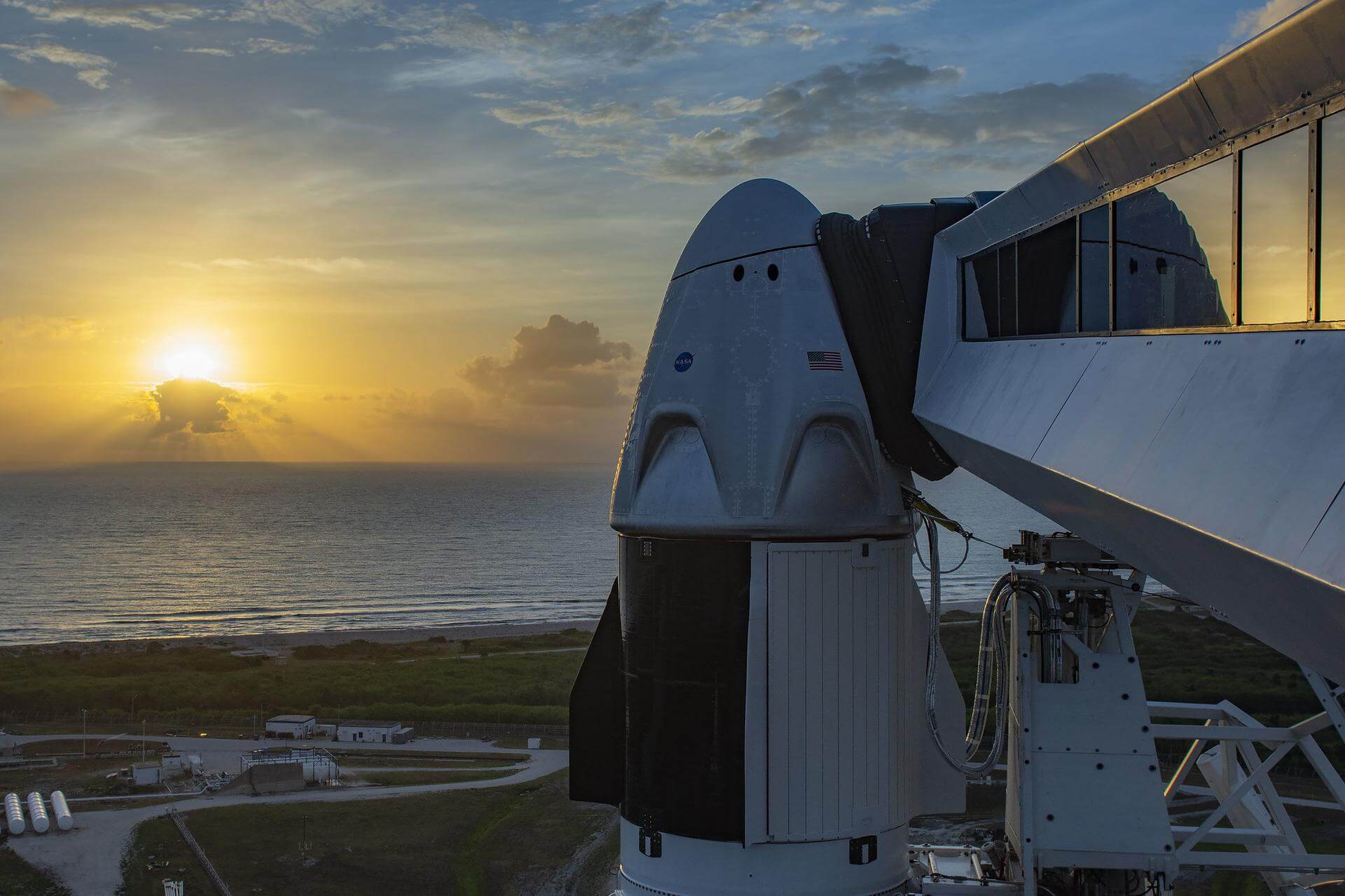SpaceX Launch Schedule
Space Exploration Technologies Corp., known as SpaceX, is an American aerospace manufacturer and space transport services company headquartered in Hawthorne, California. It was founded in 2002 by entrepreneur Elon Musk with the goal of reducing space transportation costs and enabling the colonization of Mars. SpaceX operates from many pads, on the East Coast of the US they operate from SLC-40 at Cape Canaveral Space Force Station and historic LC-39A at Kennedy Space Center. They also operate from SLC-4E at Vandenberg Space Force Base, California, usually for polar launches. Another launch site is being developed at Boca Chica, Texas.
Falcon 9 Block 5 | Telesat Lightspeed 1
SpaceX | United States of AmericaCape Canaveral SFS, FL, USA
TBD December, 2026
Falcon Heavy | USSF-75
SpaceX | United States of AmericaKennedy Space Center, FL, USA
TBD December, 2026
Falcon 9 Block 5 | SDA Tranche 1 Tracking Layer C
SpaceX | United States of AmericaVandenberg SFB, CA, USA
TBD December, 2026
Status: To Be Determined
Mission:
Tranche 1 Tracking Layer C is one of five missions by the United States Space Force Space Development Agency (SDA) for the Proliferated Warfighter Space Architecture (PWSA) Tranche 1 Tracking Layer constellation, which will provide global indications, warning, tracking, and targeting of advanced missile threats, including hypersonic missile systems.
Polar OrbitFalcon Heavy | USSF-70
SpaceX | United States of AmericaKennedy Space Center, FL, USA
TBD December, 2026
Falcon 9 Block 5 | Rivada 6
SpaceX | United States of AmericaVandenberg SFB, CA, USA
TBD December, 2026
Falcon 9 Block 5 | Rivada 5
SpaceX | United States of AmericaVandenberg SFB, CA, USA
TBD December, 2026
Falcon 9 Block 5 | Rivada 4
SpaceX | United States of AmericaVandenberg SFB, CA, USA
TBD December, 2026
Falcon 9 Block 5 | Rivada 3
SpaceX | United States of AmericaVandenberg SFB, CA, USA
TBD December, 2026
Falcon 9 Block 5 | Rivada 2
SpaceX | United States of AmericaVandenberg SFB, CA, USA
TBD December, 2026
Falcon 9 Block 5 | Axiom Space Mission 5
SpaceX | United States of AmericaCape Canaveral SFS, FL, USA
TBD December, 2026
Status: To Be Determined
Mission:
This is a Crew Dragon flight for a private company Axiom Space. The mission will carry a professionally trained commander alongside three private astronauts to and from the International Space Station for a month.
Low Earth Orbit Unknown F9 - Maiden Flight Landing Zone 2Falcon 9
Starlink Group 6-85
Space Launch Complex 40 - Cape Canaveral SFS, FL, USAA batch of 29 satellites for the Starlink mega-constellation - SpaceX's project for space-based Internet communication system.
Falcon 9
Starlink Group 6-89
Launch Complex 39A - Kennedy Space Center, FL, USAA batch of 29 satellites for the Starlink mega-constellation - SpaceX's project for space-based Internet communication system.
Atlas V 551
ViaSat-3 F2 (ViaSat-3 EMEA)
Space Launch Complex 41 - Cape Canaveral SFS, FL, USAThe ViaSat-3 is a series of three Ka-band satellites is expected to provide vastly superior capabilities in terms of service speed and flexibility fo…
New Glenn
EscaPADE
Launch Complex 36A - Cape Canaveral SFS, FL, USASecond flight of Blue Origin's New Glenn launch vehicle carrying the Escape and Plasma Acceleration and Dynamics Explorers (EscaPADE), a dual-spacecr…
Falcon 9
Starlink Group 6-87
Space Launch Complex 40 - Cape Canaveral SFS, FL, USAA batch of 29 satellites for the Starlink mega-constellation - SpaceX's project for space-based Internet communication system.
Ceres-1
Jilin-1 High Resolution-04C and others
Launch Area 95A - Jiuquan Satellite Launch Center, People's Republic of ChinaEarth Observation satellite for the Jilin-1 commercial constellation. Other payloads: * Jilin-1 Platform-02A-04 * Zhongbei University-1
Long March 12
SatNet LEO Group 13
Commercial LC-2 - Wenchang Space Launch Site, People's Republic of ChinaA batch of Low Earth Orbit communication satellites for the Chinese state owned SatNet constellation operated by the China Satellite Network Group. …
Falcon 9
Starlink Group 10-51
Launch Complex 39A - Kennedy Space Center, FL, USAA batch of 29 satellites for the Starlink mega-constellation - SpaceX's project for space-based Internet communication system.
Kinetica 1
Chutian-2 01 & 02
Launch Area 130 - Jiuquan Satellite Launch Center, People's Republic of China2 satellites built by the China Aerospace Science and Industry Corporation (CASIC) for testing operations of Very Low Earth Orbit (VLEO) satellites f…
Long March 11
Shiyan 32 01-03
Oriental Spaceport mobile launch ship - Sea Launch3 Chinese satellites reported to be for "orbital technological testing" purposes. Actual usage not known.




